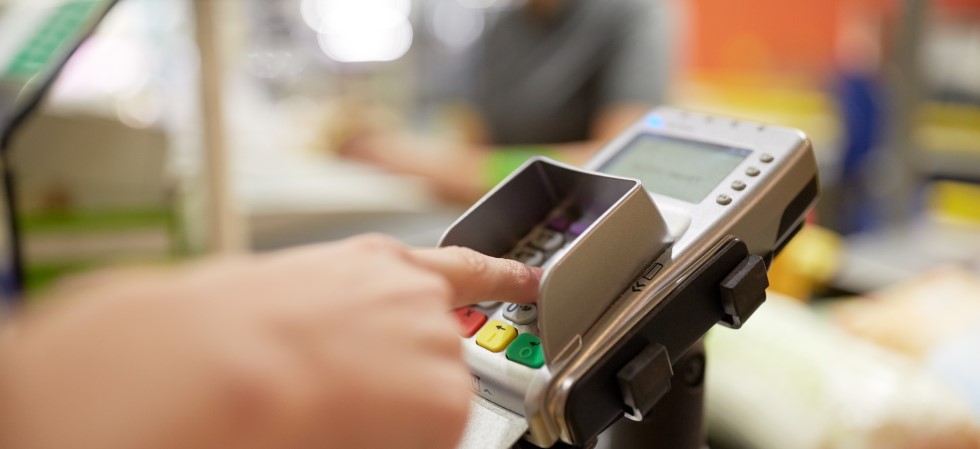The Office for National Statistics (ONS) has revealed the latest consumer inflation rates, with the rate of food inflation falling to 2.9%.
The Consumer Prices Index (CPI) rose by 2.3% in the 12 months to April 2024, down from 3.2% in the 12 months to March, and well below its recent peak of 11.1% in October 2022. The Consumer Prices Index including owner occupiers’ housing costs (CPIH) rose by 3% in the year to April 2024, which was down from 3.8% in the 12 months to March.
ONS also said that the easing in the annual rate between March and April 2024 was a result of prices rising by 0.3% on the month, compared with a rise of 1.2% a year earlier.
Prices of food and non-alcoholic beverages rose by 2.9% in the year to April 2024, down from 4% in the year to March. ONS said the April figure is the lowest annual rate since November 2021, and observed that the rate had eased for the 13th consecutive month from a recent high of 19.2% in March 2023, which was the highest annual rate seen for over 45 years.
The annual rates for most types of food product eased between March and April 2024, said ONS, and the “main downward effects” came from a combination of bread and cereals, meat, dairy products, vegetables and soft drinks. In each case, the annual rate was the lowest seen for at least two years.
Overall, the annual rate eased in eight of the 11 food and non-alcoholic beverages classes, the exceptions being oils and fats, fish and hot beverages.
Kris Hamer, director of insight at the British Retail Consortium, said: “Inflation continued to head back towards the Bank of England’s 2% target, with a significant drop in April. The lowest energy price cap in two years and food inflation falling to its lowest level since November 2021 helped to reduce pressure on household finances and brighten their outlook for the economy.
“There were also notable falls in the inflation rate of clothing and footwear and alcoholic beverages. And there was good news for fruit lovers as the price of fresh, dried and preserved fruit products all fell on the month.”
Hamer continued: “Retailers are playing a key part in bringing inflation down, but it is vital that Government policy supports this too. Retail plays a key role in every part of the country, from the smallest village to the largest city, employing millions of people, and serving millions more.
“As the cost burden of new policies rises – from business rates to packaging taxes – this affects not just the businesses, but the customers too. With an election looming, it is vital that parties outline their support for customers and retailers through the upcoming manifestos.”









